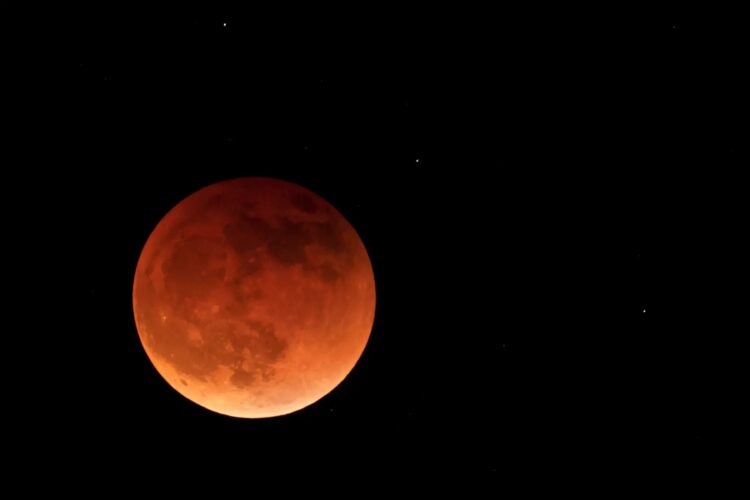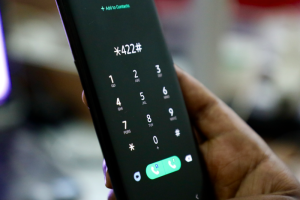
The National Space Research and Development Agency (NASRDA) has announced that Nigeria will witness its first astronomical lunar crescent of the year on February 28, 2025.
According to a statement released on Saturday by NASRDA’s Director of Media and Corporate Communications, Dr. Felix Ale, the lunar crescent is expected to occur at 1:45 a.m. West African Time. This time, known as the Crescent Zero Hour, marks the earliest possible sighting under optimal atmospheric conditions with the aid of optical instruments like binoculars or telescopes.
The crescent will become visible to the naked eye in different locations across Nigeria between 6:17 p.m. and 7:35 p.m. on February 28. The first city to witness the phenomenon will be Maiduguri, where it will be visible from 6:17 p.m. to 6:48 p.m., followed by Yola (6:21 p.m. – 6:51 p.m.), Damaturu (6:22 p.m. – 6:53 p.m.), and Kano, Katsina, Jos, and Kaduna (6:38 p.m. – 7:12 p.m.).
Other major locations and their respective sighting times include: Enugu: 6:42 p.m. – 7:32 p.m, Abuja (FCT): 6:44 p.m. – 7:15 p.m, Lagos and Abeokuta: 6:59 p.m. – 7:30 p.m.
Dr. Ale advised observers to use optical aids if necessary and ensure they are in locations with a clear view of the western horizon after sunset for optimal visibility.
The first lunar crescent, also regarded as the new moon, is crucial for various religious, cultural, and scientific purposes. Dr. Bonaventure Okere, Director of the Centre for Basic Space Science and Astronomy (CBSSA), emphasized its importance in Islamic traditions, where it is used to determine the beginning of significant religious periods, such as Ramadan fasting.
“Astronomers study the cycle of the rising and setting of the moon to determine moon days, which usually span 28 days. This data helps in generating the lunar calendar,” Okere explained.
NASRDA encouraged researchers, scholars, and religious groups to utilize the findings and visit the agency’s official website (www.nasrda.gov.ng) for further scientific data and analysis.








